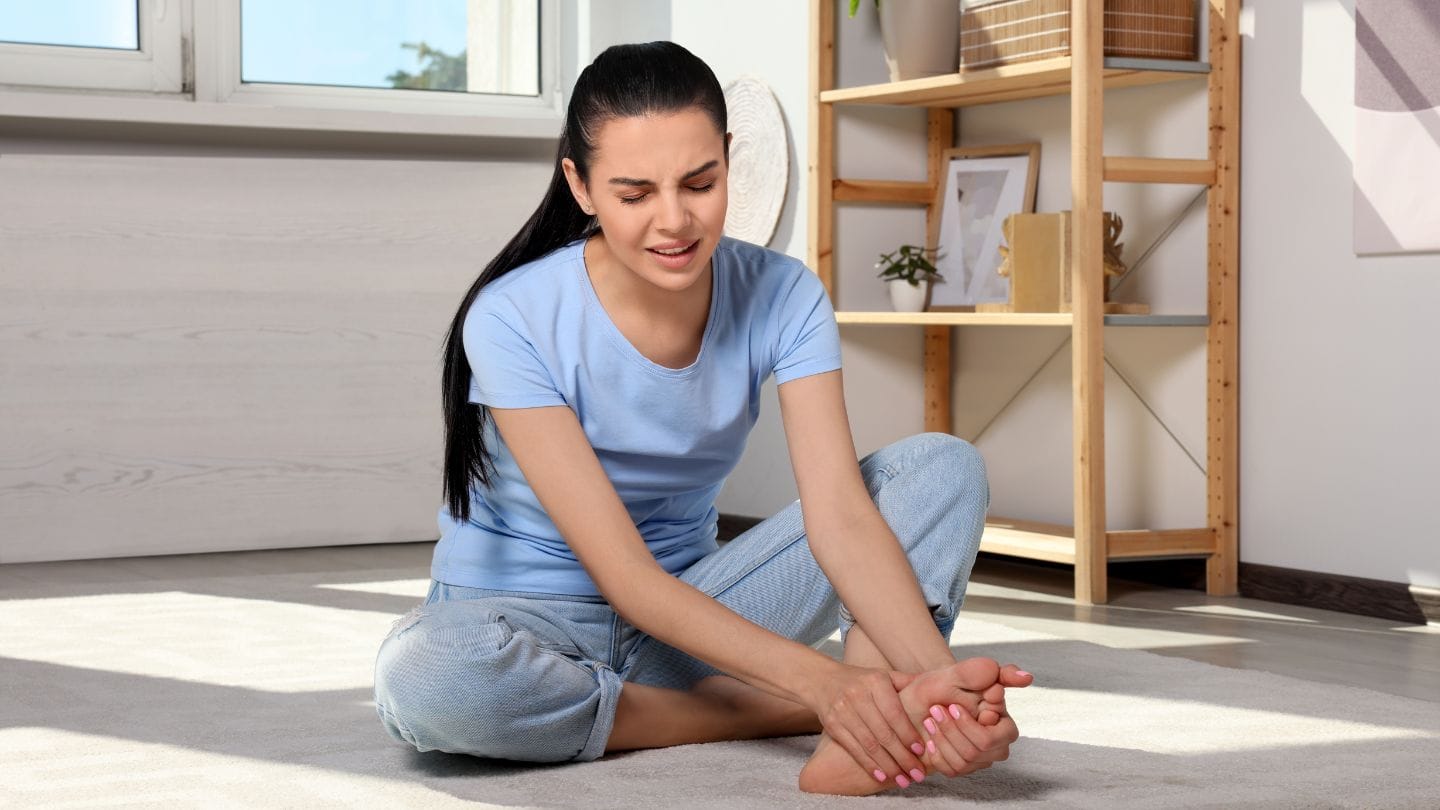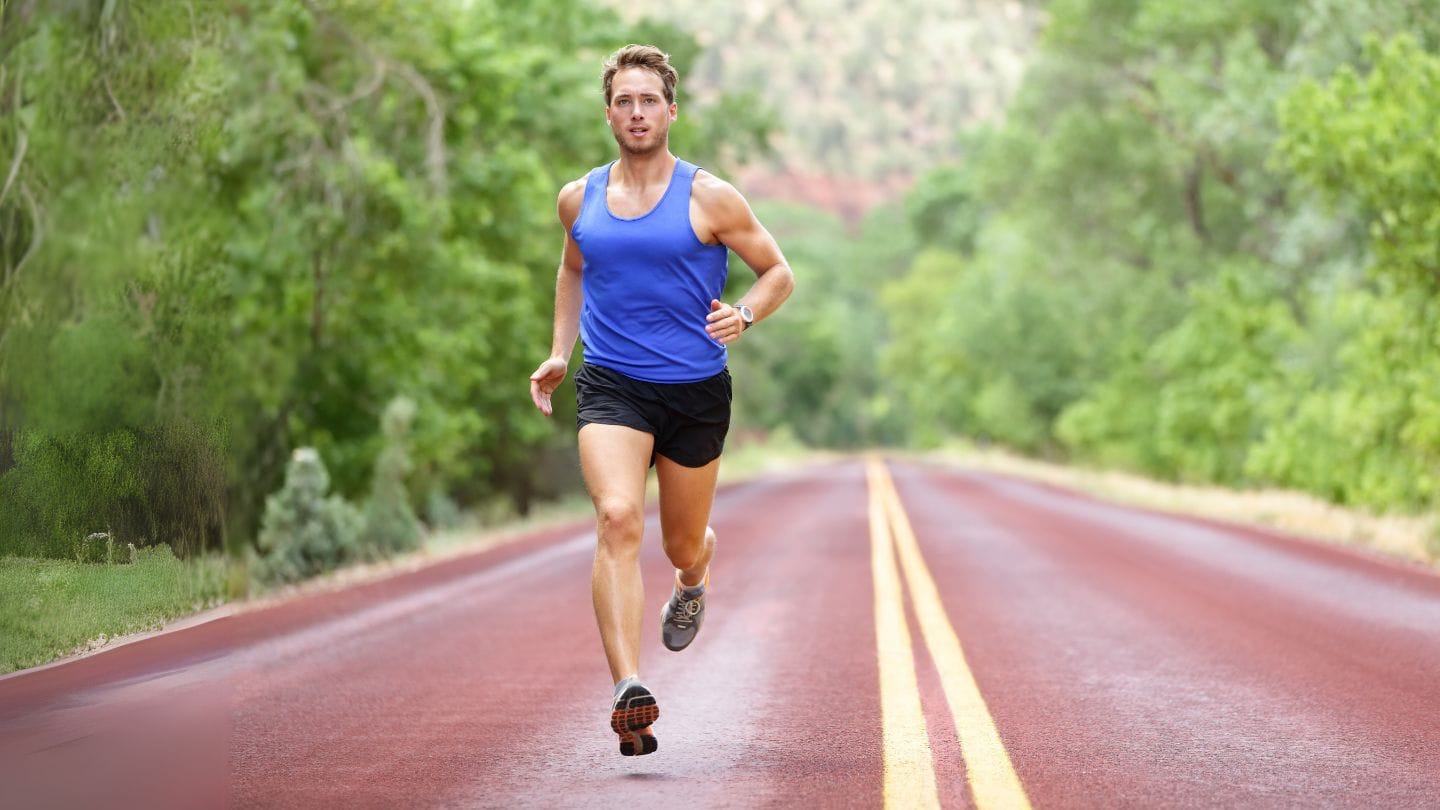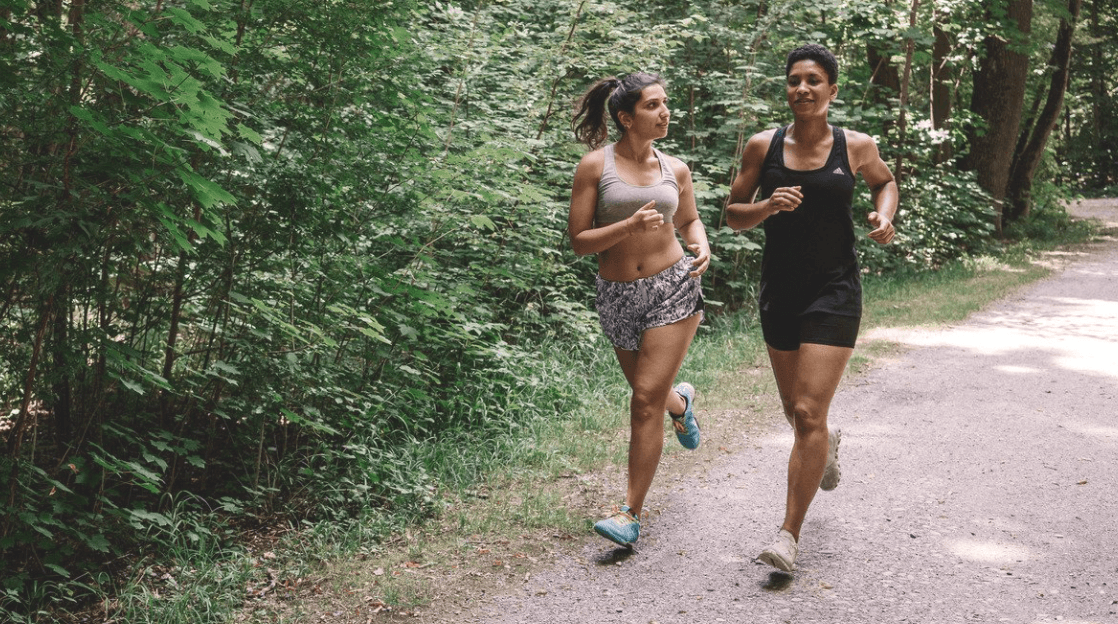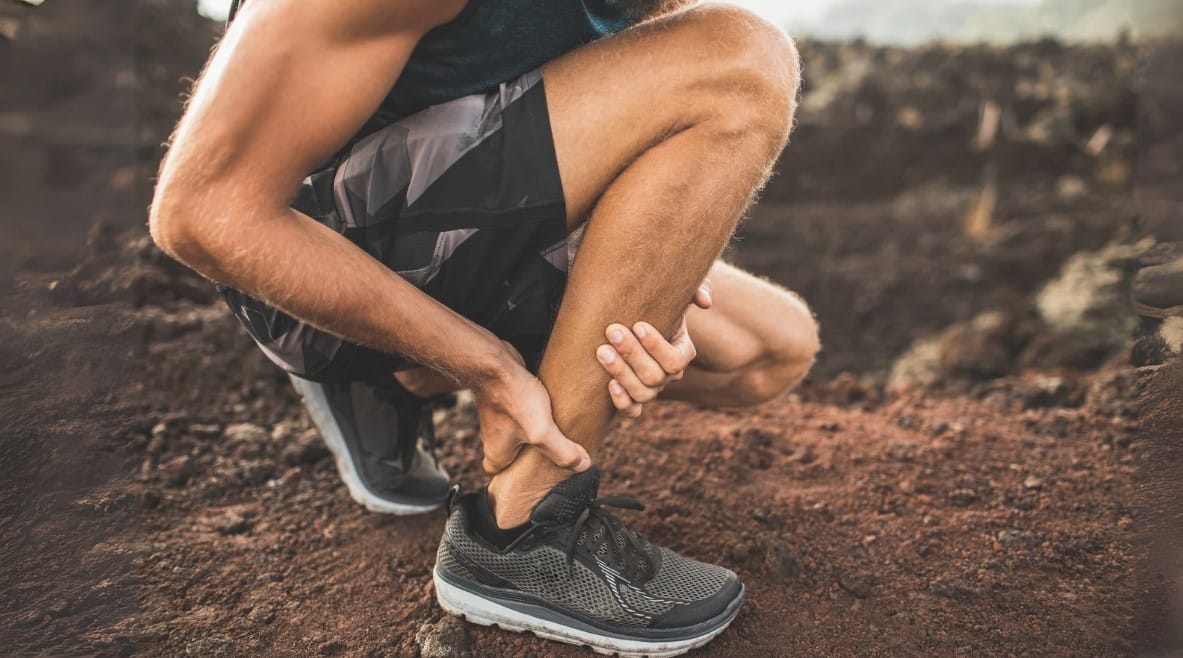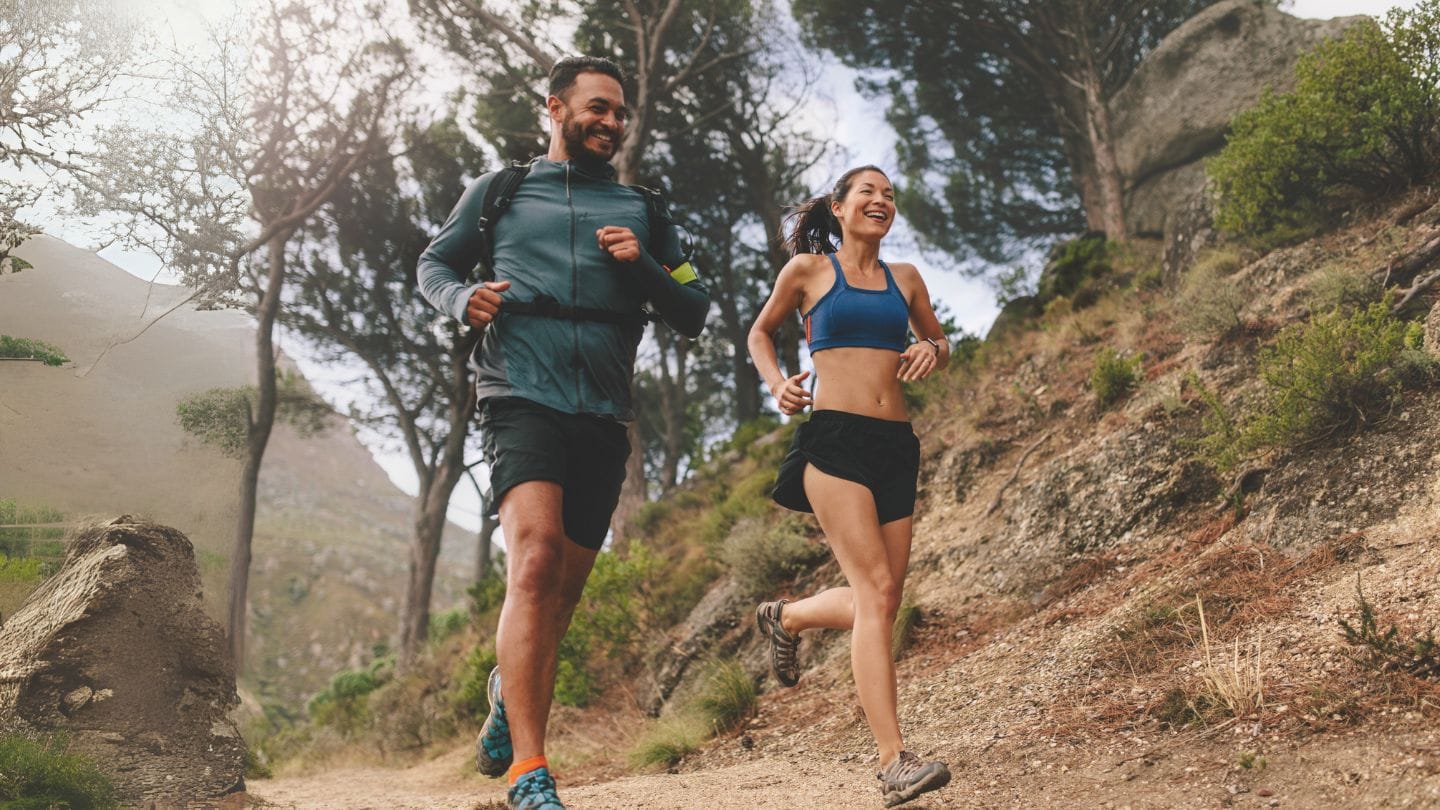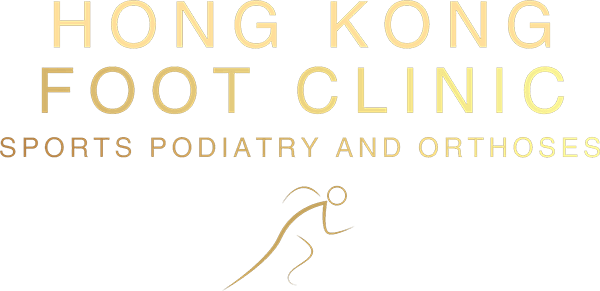
It’s been a long, humid summer in Hong Kong, and Autumn is finally starting to settle in. With breathtaking views and stunning trails beckoning us to head out into Hong Kong’s wilderness, it’s time for us to ditch the flip flops for trail shoes and make the most of this city’s backyard. Whether you want to tackle your first section of one of the Big Four (like me), or conquer your ninth ultra marathon, you’ll want to make sure your feet are prepared for the journey so that you can enjoy it.
To prevent blisters, we need to first understand what causes them. Blisters typically arise when friction between two surfaces causes irritation of the soft tissue and the skin’s tolerance to friction is exceeded. Sensitivity to friction varies from person to person. Blister prevention aims to minimise friction- and there are three main components (3 F’s):
Frequency: reduce the number of cycles
The length of your run or walk may be what puts you at risk for developing blisters. The number and duration of repetitive movements ni hiking or endurance running increases the risk of blistering through repeated shear deformation of the skin. You may find that blisters develop after a specific distance or time marking your friction threshold. If your are planning to trek further than you ever have before make sure you’ve got the other two bases covered(force and finish) and try not to increase your time on the trail or distance by more then 10%.
Force: reduce pressure over (or under) the affected areas
Boney prominences, thick callus, footwear seams and swollen feet all increase pressure that attributes to increased friction. Peripheral swelling is especially important to consider for longer distance treks/runs as data has shown significant increases in foot volume after even just ten minutes of running! Force can be reduced by pressure redistribution, adding cushioning, correct fitting footwear or reducing the movement of underlying bones.
Finish: smooth surfaces slide, rough surfaces rub
Although we want grip on the outside of our footwear, we need to avoid it inside our shoes. One of the easiest ways to keep surfaces smooth is to control moisture levels within the shoe, so that our sock slides over our skin and the shoe slides over our sock, etc. Think ahead when choosing appropriate shoes and socks (see below). Additionally, dirt, sock seams and jagged toenails can also cause abrasion within the confines of your shoe.
Preparation:
You want to make sure you don’t leave this sort of preparation to the night before your adventure. Give yourself a minimum of six weeks before the event to try out any new preventative measures, or longer if you’re especially blister prone.
- Keep toenails trim and filed (nobody wants to lose a toenail!) -Remove thick callus (blisters likely to form underneath)- although a thin layer may be protective (I would recommend you book an appointment to have it removed approximately 1 week prior to the event)
- Wear-in the footwear you plan to use for the event
- Trial any preventative blister treatments at least six weeks in advance (assuming you are aware of any “hot spots”)
- Source a blister pack that you choose to implement; it is best to treat any friction areas/blisters that arise during an event as soon as possible.
- Have biomechanical concerns assessed (high arches, claw toes, flat feet, bunions) to minimize compressive forces and maximise cushioning potential.
Footwear:
Your shoes should:
- Fit well. You need them wide enough to allow for any expansion from peripheral swelling. When laced correctly your heel should not slip up and down at the back of the shoe. There should be a full thumbs-nail length between the end of the big toe and shoe and the width of your foot should sit within the width of the outersole of the shoe.
- Be well worn-in before embarking on your expedition. This gives you the chance to address any “hot spots” within the shoe itself.
- Not be worn out. Aside from having good grip underneath you want to make sure the cushioning is sufficient to reduce pressure (force).
- Be fit for purpose – you will need to consider the conditions that you will be hiking or running in for moisture control. If you’re likely to encounter wet conditions such as river crossings you will want a shoe with a Gore-Tex upper to keep the water out. Alternatively, fi you’re staying on dry land, choose a breathable mesh upper.
Socks:
Your socks should be:
- The right size. You want them big enough that they don’t squish your toes together, and also that they will stay up and not creep down inside your shoe.
- Made of fibres that help to wick moisture away from the skin.
- Changed during an event should they get wet, regardless of why they’re wet.
- Injinji socks- to prevent blisters in between your toes I suggest you try out Injinji toe socks. They’re like gloves for your feet. The toe coverings provides moisture-control, cushioning, and allows each toe freedom to move independently without friction from neighbouring toes.
Orthotics:
Having an orthotic in your shoe can reduce friction in a number of ways. They may help limit any excessive movement of underlying bones (eg. Severely pronated feet, or toe deformities), reduce loading by distributing pressure across a greater surface area, and provide cushioning to reduce shear forces under the foot.
Other tools and products that can be used to reduce friction:
- Lubricants such as Body Glide Foot Glide
- Semi-compressed felt or lamb’s wool
- Various adhesive tapes
- Hydrocolloid dressings eg. Compeed Blister Patches • Engo patches (made of PTFE, can be applied inside footwear)
- Spenco cushioning
- Potassium permanganate soaks to reduce foot sweat
- Silicone toe sleeves or toe props
With the right preparation you can prevent blisters and stay one step ahead- literally. Don’t let blisters slow you down!

